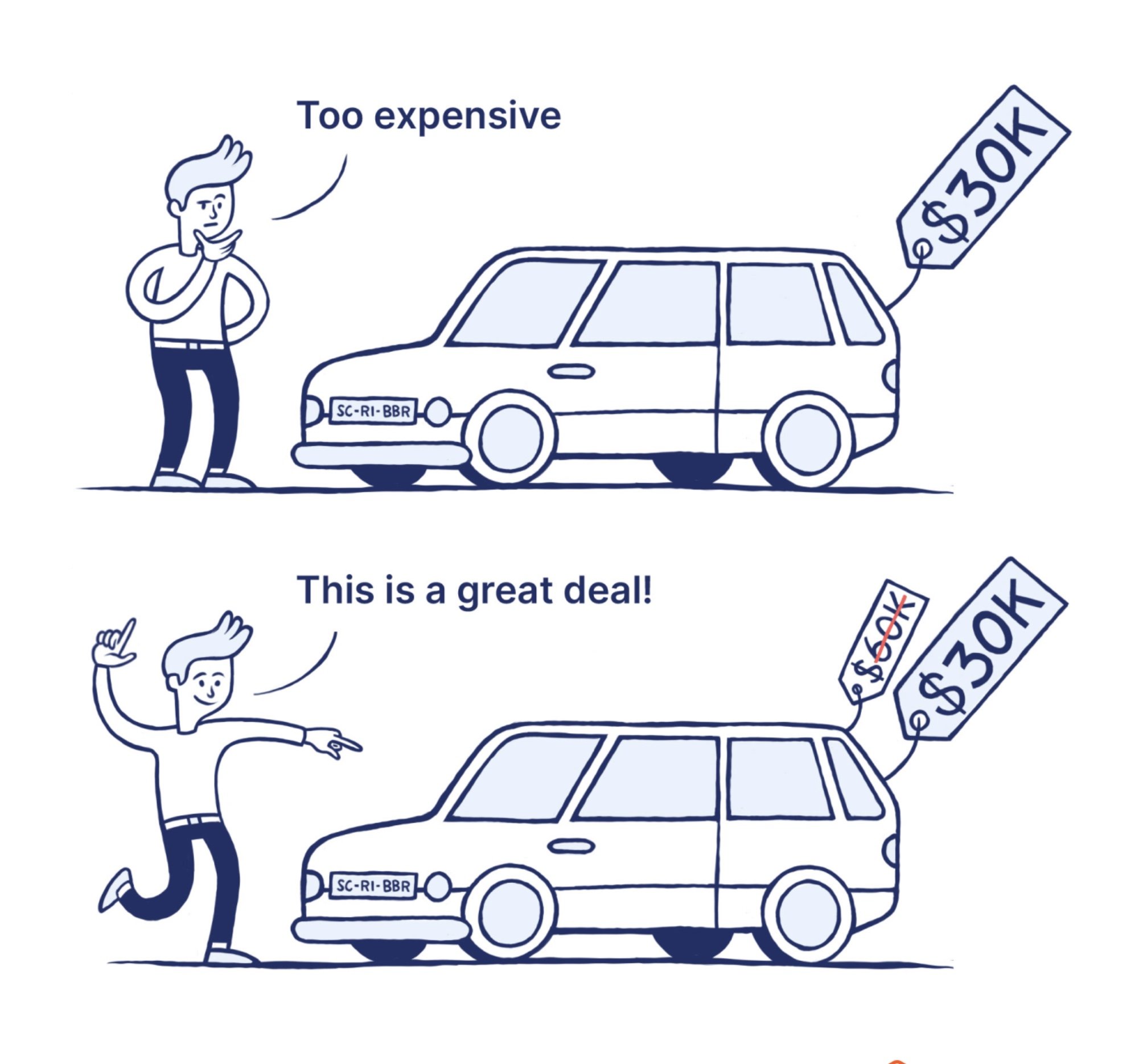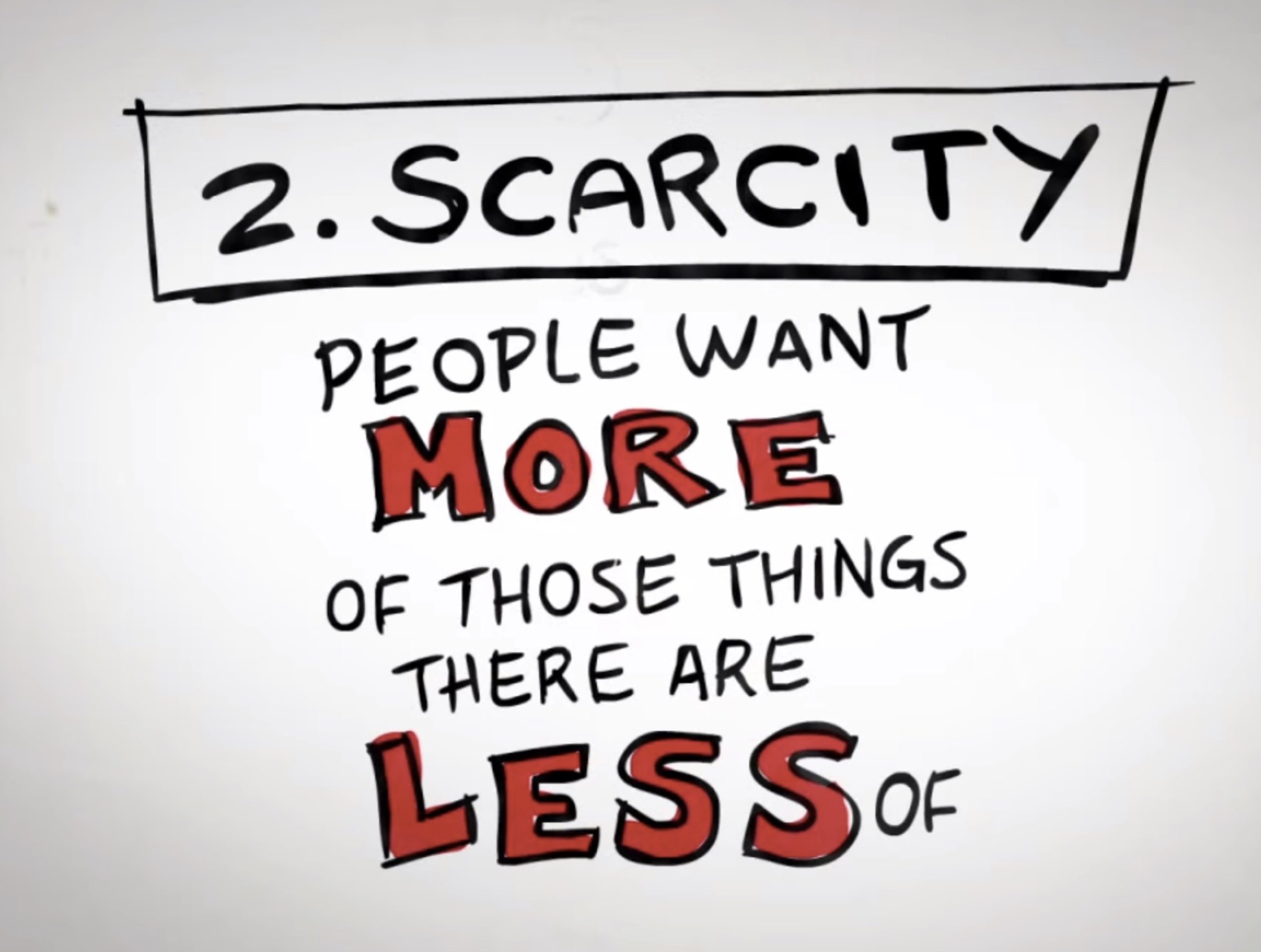Beyond Awareness: The Role of the Subconscious and Unconscious in Buying Decisions
Why do some sales pitches land perfectly while others fall flat?
It’s tempting to believe that buyers are purely rational creatures, making decisions based on logic, data, and the merits of a product. But the reality is far more complex. Beneath every seemingly rational choice lies a tangle of subconscious and unconscious influences that guide, shape, and sometimes completely override logical decision-making.
This isn’t a modern revelation. Psychoanalysts theorized over a century ago that human behavior is largely influenced by forces outside our conscious awareness. While some of the more antiquated theories may seem distant from the fast-paced world of veterinary sales, their implications are very much real.
As human beings, we often aren’t completely aware of why we make certain decisions, driven instead by unconscious fears, desires, and biases.
Consider a vet clinic owner who insists on sticking with outdated anesthesia equipment, citing budgetary concerns. While that explanation seems rational, it may mask an unconscious fear of change or a desire to avoid potential blame if the new system doesn’t work out. Or think about how a glowing testimonial from another clinic suddenly tips the scales in favor of your product. That’s the power of social proof—a subconscious force that reassures the buyer they’re making the “safe” choice.
For veterinary distributor sales reps (or any type of sales rep for that matter), mastering the art of selling means moving beyond surface-level objections and learning to influence these deeper psychological drivers.
In this blog, we’ll uncover 5 powerful biases that shape buying decisions, paired with real-world examples and insights to help you ethically guide your clients toward better outcomes.
Let’s dive into the subconscious forces that can transform your sales strategy.
Look at the Inkblot. What do you see? Most people think inkblot tests reveal hidden secrets, but they’re actually about how we interpret ambiguous situations—just like buyers do when making decisions. Understanding those subconscious interpretations is the key to unlocking better sales outcomes.
10 Psychological Biases That Influence Buying Behavior
Loss Aversion: Selling the Fear of Losing
What is it? People feel the pain of losing something more acutely than the joy of gaining something of equal value. This bias is rooted in evolutionary instincts to avoid risk and preserve resources.
Why It Matters in Sales: Buyers are more motivated to avoid potential losses than to pursue potential gains, making it a critical lever for creating urgency.
Example in Action: A veterinary clinic is using an older refrigeration unit to store temperature sensitive medications and vaccines. It’s functional but prone to temperature fluctuations. The sales rep reframes the conversation to emphasize potential losses:
“Dr. Smith, my worry is that if your refrigerator fails, the cost of replacing spoiled vaccines and meds can add up quickly, but there could also be a reputation risk at stake. What happens if a client’s pet falls ill because the medication lost efficacy due to improper storage? That’s a conversation no clinic wants to have. Our new refrigeration system is designed to prevent those risks by ensuring consistent temperature control and advanced alerts via a mobile app to catch potential issues before they happen.”
By focusing on the clinic’s fear of losing both costly vaccines and their clients’ trust, the rep makes the risks of maintaining the status quo more pressing than the cost of upgrading.
Loss Aversion: An economic and psychological phenomenon in which a real or potential loss is perceived by individuals as significantly more impactful and distressing than an equivalent gain or profit. This concept illustrates how the fear of losing what one already possesses often outweighs the satisfaction derived from acquiring new benefits or resources.
Anchoring Bias: The Power of First Impressions
What is it? People tend to favor the first pieces of information they see about a product, price, or idea. This first piece of information presented serves as a reference point, or “anchor,” that influences all subsequent evaluations.
Why It Matters in Sales: Initially quoting MSRP can make a discount or promotion seem more favorable by comparison.
Example in Action: A manufacturer’s rep quotes a customer the MSRP of a diagnostic device of $12,000, then offers the customer a price of $10,500 if the purchaser buys through an authorized distributor . This makes the buyer feel like they’re getting a significant deal when purchasing through a distribution channel.
Anchoring works because the brain seeks efficiency, relying on the first piece of information it encounters to make subsequent judgments. In sales, this means that presenting high-value metrics or benchmarks upfront can shape how buyers perceive everything else in the conversation.
Anchoring Bias refers to a cognitive bias that causes consumers to rely heavily on the very first piece of information they are presented with regarding a product or its price. This initial information serves as a mental reference point, influencing their subsequent judgments and decisions in ways that may not be entirely rational.
Scarcity Bias: The Fear of Missing Out
What is it? Scarcity is one of the most powerful psychological motivators. When people perceive something as limited—whether in quantity, availability, or time—they feel an increased desire to act quickly to secure it. This bias is rooted in evolutionary psychology; humans are wired to prioritize acquiring scarce resources to avoid future regret or loss.
Why It Matters in Sales: Highlighting exclusivity, limited quantities, or time-sensitive offers can compel buyers to act, especially in competitive markets where they fear missing out on an opportunity others might seize.
Example in Action: A sales rep pitching a therapeutic laser emphasizes its limited availability for introductory pricing:
“We currently have only 6 units left at the introductory price, and with current order volume, we don’t expect them to last through the week. If this is something you’re considering, I’d recommend placing an order now to lock in both the price and availability.”
By conveying the reality of high demand and limited supply, the rep compells the customer to act before the opportunity disappears.
Scarcity bias isn’t just about quantity—it can also apply to time. For example, a rep promoting a diagnostic tool for annual budget planning might say:
“Our current financing plan with 0% interest ends at the end of the month. After that, standard financing rates apply. Clinics that act now can save significantly on their payments over time.”
This subtle emphasis on time scarcity adds urgency, leveraging the fear of missing a valuable financial benefit to drive immediate action.
The scarcity principle is a concept in social psychology that suggests people place higher value on something when it’s limited or harder to obtain. This idea taps into the fear of loss or FOMO (fear of missing out), which motivates people to act quickly to avoid missing an opportunity
Framing Effect: How You Say It Matters
What is it? The framing effect occurs when the way information is presented influences how it is perceived and interpreted. Even if the core facts remain unchanged, presenting them in a positive or negative light can dramatically affect decision-making. Positive framing emphasizes benefits and opportunities, while negative framing focuses on risks and consequences.
Why It Matters in Sales: Strategic framing helps you highlight the most impactful aspects of your offer, whether it’s long-term benefits or the consequences of inaction. Buyers are influenced by how you present information, so choosing the right frame is critical.
Example in Action: A sales rep pitching a cloud-based practice management software highlights the monthly subscription fee positively:
“For just $250 a month, your team can save 10 hours of manual data entry each week, allowing more time to focus on client care and growing your practice.”
Alternatively, the rep could frame the consequences of not adopting the software:
“Without this software, your clinic will continue spending over 40 hours a month on manual tasks that could be automated—time that could be better spent improving patient outcomes and client satisfaction.”
Both frames use the same data but focus the buyer’s attention on either the potential gains (time savings and operational improvements) or the costs of staying with the status quo (wasted time and missed opportunities).
The framing effect capitalizes on the brain’s tendency to focus on what feels most relevant or urgent. Buyers are more likely to act when the narrative resonates with their priorities, whether that’s achieving greater efficiency or avoiding costly mistakes.
The framing effect happens when the way information is structured or presented impacts our choices, even if the underlying facts remain the same. Decisions can feel more appealing or off-putting depending on which features are emphasized or how the context is shaped.
The Paradox of Choice: The More Options, The Less Clarity
What is it? The paradox of choice occurs when having too many options overwhelms buyers, making decisions harder—or even discouraging them from deciding altogether. While it may seem logical to offer more options to cater to diverse needs, excessive choice often backfires, leading to decision paralysis and dissatisfaction with the final choice. Psychologically, humans struggle to process large sets of options efficiently, fearing they might make the wrong decision or miss out on something better.
Why It Matters in Sales: Simplifying choices or guiding buyers toward the most relevant options reduces overwhelm and builds confidence. Sales reps who act as trusted advisors by narrowing down options to the most suitable ones can make the buying process smoother and more successful.
Example in Action: A veterinary distributor sales rep approaches a clinic manager looking for an ultrasound machine. Instead of presenting a catalog of 15 options, the rep narrows it down to three units and frames the conversation:
“Based on your clinic’s workload and budget, I’ve identified three ultrasound machines that would work best for you. Here’s a quick comparison of their key features. From what I’ve seen in similar clinics, the Model X is often the preferred choice due to its versatility, but let me know what stands out to you.”
The paradox of choice works because humans are naturally risk-averse and fear regret. Too many options increase the likelihood of second-guessing or feeling dissatisfied with the choice they ultimately make. By reducing the number of options and presenting them as curated, buyers feel reassured that they are making a decision with expert guidance, minimizing both stress and potential regret.
In 2000, Professor Sheena Iyengar from Columbia University conducted a well-known study on choice and decision-making, often referred to as the “jam study.” In the experiment, Iyengar and her team first set up a display of 24 different jams in a busy supermarket, offering free tastings. While 60% of customers stopped to sample the jams, only 3% ended up making a purchase.
In the second phase of the study, the researchers reduced the number of jams to just 6 jars. Although fewer customers stopped—only 40%—the purchase rate skyrocketed, with 30% of those who tasted the jam going on to buy.
Conclusion: Consider the “Whole Mind” When Selling
Buyers don’t always make decisions based solely on logic or product features; instead, they are influenced by a complex mix of conscious and subconscious factors. By acknowledging and addressing these biases, you can guide buyers through a more thoughtful, confident decision-making process, helping them feel empowered and informed in their choices.
Understanding these psychological biases isn’t about manipulating your clients—it’s about meeting them where they are.
When you recognize these unconscious forces at play, you can craft sales strategies that resonate more deeply with your clients. You’ll no longer just be selling a product—you’ll be solving their problems, alleviating their fears, and ultimately positioning yourself as a trusted partner in their success. By leveraging these insights, you build not only better sales but stronger, long-lasting relationships with your clients, based on trust, empathy, and understanding.
The true power of selling lies not in pushing a product but in understanding the psychology behind each decision. When you meet your clients at the emotional and rational crossroads where decisions are made, you’ll not only close more sales—you’ll create loyal customers who value you as a resource and an ally.







